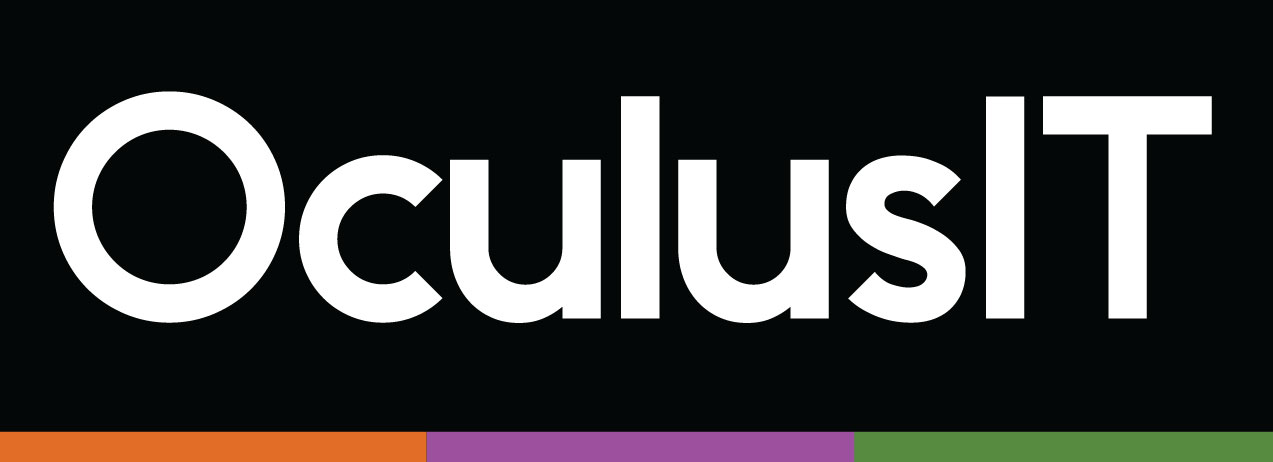
Balancing Learning Analytics with Student Privacy in EdTech
June 30th, 2025
Reading time: 3 Minutes
When every click, quiz attempt, and log-in can generate valuable insights, how can institutions use that data to help students thrive without crossing lines that weaken trust? For higher education leaders, this is not just a technical question. It is a matter of balancing innovation with responsibility.
Learning analytics has become a vital tool for colleges and universities working to improve retention, boost student engagement, and personalize the learning experience. As classrooms become more digital and AI tools expand what institutions can track and analyze, the volume of student data grows daily.
Used well, this information can help faculty spot students who may need extra support long before grades slip. It can highlight what works in a course and what needs rethinking. It can even shape early interventions that keep students on track to graduate.
But this promise comes with real responsibilities. The same data that helps students succeed can also raise questions about how much is collected, who can access it, and how securely it is stored. If students feel they are being tracked without clear consent, trust can erode quickly.
The Trust Imperative
Students generally support technology that makes learning better. They expect their college to use data to improve instruction and services. At the same time, they expect clear, honest communication about how their information is gathered, who can see it, and how it will be protected.
A student might be comfortable sharing data that helps flag when they fall behind. They may not feel the same about information being shared with vendors or used in ways they did not agree to. For campus technology leaders, the challenge is clear: deliver the right insights while protecting student privacy every step of the way.
Privacy and Compliance
Privacy expectations are backed by laws and policies. Regulations like FERPA place strict limits on how student data is handled. Institutions must manage not only what they collect but how they store, process, and share it.
This is why many institutions are re-evaluating how much information they gather. Some colleges now limit data collection to what directly supports learning goals. Consent forms are written in plain language. Contracts with third-party providers are checked more carefully to ensure partners follow the same privacy standards.
Protecting privacy is not just about avoiding fines. A single misstep can damage an institution’s reputation and weaken the trust students and families place in it.
Finding a Better Balance
Colleges and universities that manage this balance well combine smart technology choices with clear, practical policies.
One important step is to be selective about what data is collected. Gathering more information does not always lead to better outcomes, especially if it increases privacy risks. Focusing on data that directly supports student learning helps keep systems efficient and trust intact.
Clear communication is just as vital. Institutions should explain what is collected, how it will be used, and why it matters. Students are more likely to feel comfortable when they understand the benefits and have opportunities to ask questions.
Strong security measures protect data behind the scenes. This means using reliable systems that encrypt information, limit access to authorized staff only, and stay updated to prevent threats.
Policies and practices should be reviewed and audited regularly to ensure they keep up with new technologies and evolving privacy standards. A one-time policy does not protect anyone if it goes stale on a shelf.
Finally, privacy must be everyone’s responsibility, not just the IT department’s. Faculty, staff, and students need clear guidance on how to handle sensitive information and why it is worth protecting.
A Culture of Trust
Technology alone does not build trust. A culture that values privacy makes students more likely to engage fully with digital tools and share information that can help them succeed. When students know how data helps them, they see analytics as support, not surveillance.
Institutions that build this trust do not just meet compliance requirements. They create learning environments where data works for students, not against them. Students who trust how their information is used are more likely to use digital tools, give honest feedback, and benefit from personalized support.
Looking Ahead
Learning analytics will continue to grow as colleges adopt new ways to personalize learning and support student success. Privacy standards and student expectations will rise just as quickly. Institutions that put privacy first are not only protecting themselves — they are protecting the futures of the students they serve.
Finding this balance is not a one-time project. It is an ongoing commitment that sets institutions apart as leaders who use technology responsibly and keep students at the heart of every decision.
Ready to strengthen student privacy while using learning analytics wisely? Contact us today to talk about trusted solutions for your campus.
Recent Articles



























